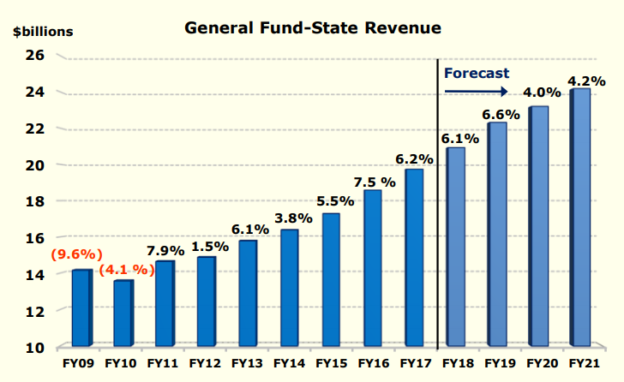Homeowners throughout the entire state would see tax relief under newly proposed legislation exempting $100,000 of the value of a primary residence from state property tax. Sen. John Braun sponsored a constitutional amendment authorizing a homestead exemption, which would go to voters in 2018, and legislation setting the $100,000 level, which would be allowed to grow along with property tax collections. The bills will receive a public hearing during today’s meeting of the Senate Ways and Means Committee hearing at 3:30 p.m.
“The property tax burden has shifted more to homeowners in recent decades. Given that state revenues continue to grow, we have a great opportunity to provide equitable relief to all Washingtonians,” said Braun, R-Centralia, who serves as the Ranking Minority Member on the Senate Ways and Means Committee. “Lowering the median homeowner’s state property tax burden by one-third translates to a 50 percent tax reduction in a majority of the state’s 39 counties. This would be especially impactful to rural residents who are not seeing the same growth in property value and job opportunities as other parts of the state.”
The most recent forecast by the Washington State Economic and Revenue Forecast Council anticipates the state will collect $6 billion in property taxes in the 2017-19 budget cycle and $7.2 billion in the 2019-21 cycle. Braun’s proposal projects to provide $500 million per year of tax relief to homeowners.
“Instead of shifting the tax burden with targeted relief, this equitable approach reduces the property taxes of all homeowners with everyone qualifying for the same exemption,” said Braun. “This progressive approach provides the owner of a $200,000 home with a 50 percent reduction in their state property taxes, which is more meaningful than a 10 percent reduction for a one million dollar home.”
Braun’s legislation would neither impact property tax collections by local governments nor impact property taxes paid by the business community.
If approved by voters in 2018, property tax reduction would go into effect for tax collections beginning in 2020.
Both bills would be required to implement the plan. Passing the constitutional amendment requires the approval of two-thirds of the Legislature followed by a simple majority vote of the people at the next general election.
























